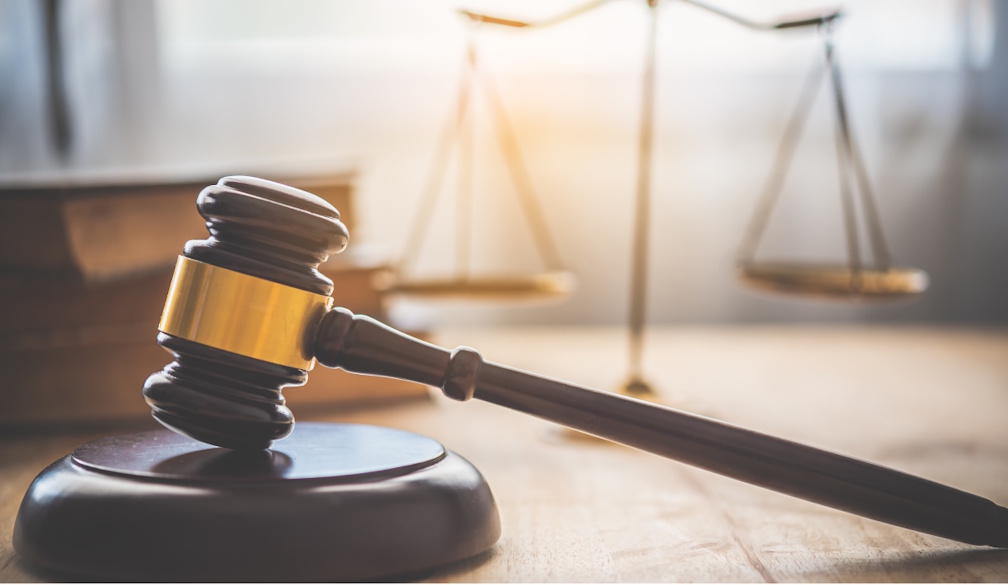It’s important for criminal sentences, but how do we know if someone’s remorseful?
- Written by Maggie Hall, Lecturer, School of Social Sciences and Psychology, Western Sydney University

The story lines of every episode of legal TV dramas, from Law & Order to Perry Mason, revolve around five key narrative moments: the crime, the arrest, the plea, the verdict, and the offender’s emotional response to what they’ve done.
While the verdict provides the audience with its emotional pay-off, it’s the fifth moment that determines how they will remember the character. Did they apologise and seek forgiveness, or did they refuse to accept responsibility? Or worse still, appear to revel in the chaos they had caused?
This American pop culture illustration reflects a larger truth. The courts, the media[1] and the public[2] are all watching for the same thing: whether the accused is genuinely sorry. Are they remorseful?
The legalities of remorse
In all Australian jurisdictions[3], remorse is recognised as a mitigating factor[4] in sentencing.
While a lack of remorse will not aggravate (increase) a sentence, a sincere expression of remorse can reduce a sentence, especially if accompanied by an early guilty plea.
Two recent manslaughter cases before the Supreme Court of New South Wales highlight how remorse affects sentencing.
Zachary Fraser was found guilty of the manslaughter of Darcy Schafer-Turner in 2023. In his ruling[5], Justice Nicholas Chen found Fraser to be “genuinely remorseful”.
A further sign of Fraser’s remorse was his early guilty plea, which resulted in a 25% reduction in his sentence. As a result, he was handed a backdated four-year sentence and will be eligible for parole in July 2027.
Contrast this with the Robert Huber case, another NSW offender, charged with the manslaughter of Lindy Lucena in 2023. Justice Stephen Rothman concluded in his ruling[6], “I do not consider that he has genuine remorse for his actions”.
While sentencing is complicated and isn’t decided by any single factor, and in NSW the law prohibits the lack of remorse from being used as an aggravating factor, a 12-year prison sentence was imposed.
But how do we know who’s remorseful?
Since the first sentencing report I wrote as a probation officer, and throughout my subsequent work as a criminal lawyer, remorse and how to identify whether someone is remorseful have remained intriguing puzzles for me.
My latest research project investigates the role of sentencing report writers in assessing remorse. Through detailed surveys and interviews, I’m examining how they construct and evaluate remorse during the sentencing process.
Even with these new data, remorse remains resistant to a clear definition. As one of my interviewees stated, remorse is “more of a gut feeling or intuition”.
Read more: Friday essay: how do you measure remorse?[7]
Sentencing report writers also emphasised the importance of body language as an indicator of remorse, noting that the accused may perform remorse rather than genuinely feel it. Very few, however, can consistently perform their non-verbal cues.
Still, the idea that body language can be accurately interpreted is not supported[8] by the evidence[9], except possibly for eye contact[10].
Even judges, traditionally the barometers of remorse, cannot agree on what it looks like. While supporting an approach grounded in legal doctrine, many describe[11] it as a “feeling” and express varied views on the indicators of remorse.
Expressions of remorse also require a certain type of verbal performance, which may have a strong class component[12].
There is also evidence[13] that race can play a role in how people judge the emotions of others. Black people are more likely to be judged as being angry while showing the same facial expressions as white people.
Yet, despite evidence of cultural, class, and gender differences in the expression and detection of emotions, there has been a surprising lack of focus on developing strategies to address them.
An inexact science
Over recent decades, sentencing has become more complex and time-consuming[14] for judges.
Sentencing is now highly visible[15], contentious[16] and politicised[17]. Increased time constraints[18] on judicial officers may lead them to seek assistance[19] from experts in tasks once solely within the province of the sentencing judge, including the assessment of remorse.
As reports and sentencing decisions continue throughout an offender’s sentence and life, the information within them is repeated and shared. This can influence[20] how all subsequent decisions — such as sentencing, risk assessment, classification, access to programs, and ultimately parole — are made.
But people are complicated. There are a lot of things that can affect our demeanour[21], communication styles[22] and expressions[23].
These include cultural norms[24], maturity[25], socioeconomic factors[26], disabilities[27], neurodivergence[28], or congenital cognitive disorders like Foetal Alcohol Spectrum Disorder[29].
It’s therefore crucial to develop a deeper understanding of how remorse is interpreted and judged to safeguard fairness and human rights.
References
- ^ the media (oxfordre.com)
- ^ the public (doi.org)
- ^ Australian jurisdictions (doi.org)
- ^ mitigating factor (www.judcom.nsw.gov.au)
- ^ his ruling (www.caselaw.nsw.gov.au)
- ^ his ruling (www.caselaw.nsw.gov.au)
- ^ Friday essay: how do you measure remorse? (theconversation.com)
- ^ not supported (papers.ssrn.com)
- ^ the evidence (psycnet.apa.org)
- ^ eye contact (www.frontiersin.org)
- ^ many describe (journals.sagepub.com)
- ^ class component (www.taylorfrancis.com)
- ^ also evidence (doi.org)
- ^ complex and time-consuming (www.alrc.gov.au)
- ^ highly visible (strathprints.strath.ac.uk)
- ^ contentious (www.aic.gov.au)
- ^ politicised (doi.org)
- ^ time constraints (aija.org.au)
- ^ seek assistance (spssi.onlinelibrary.wiley.com)
- ^ can influence (www.taylorfrancis.com)
- ^ demeanour (researchnow.flinders.edu.au)
- ^ communication styles (journals.sagepub.com)
- ^ expressions (www.routledge.com)
- ^ cultural norms (www.alrc.gov.au)
- ^ maturity (onlinelibrary.wiley.com)
- ^ socioeconomic factors (lawcouncil.au)
- ^ disabilities (humanrights.gov.au)
- ^ neurodivergence (onlinelibrary.wiley.com)
- ^ Foetal Alcohol Spectrum Disorder (link.springer.com)

















